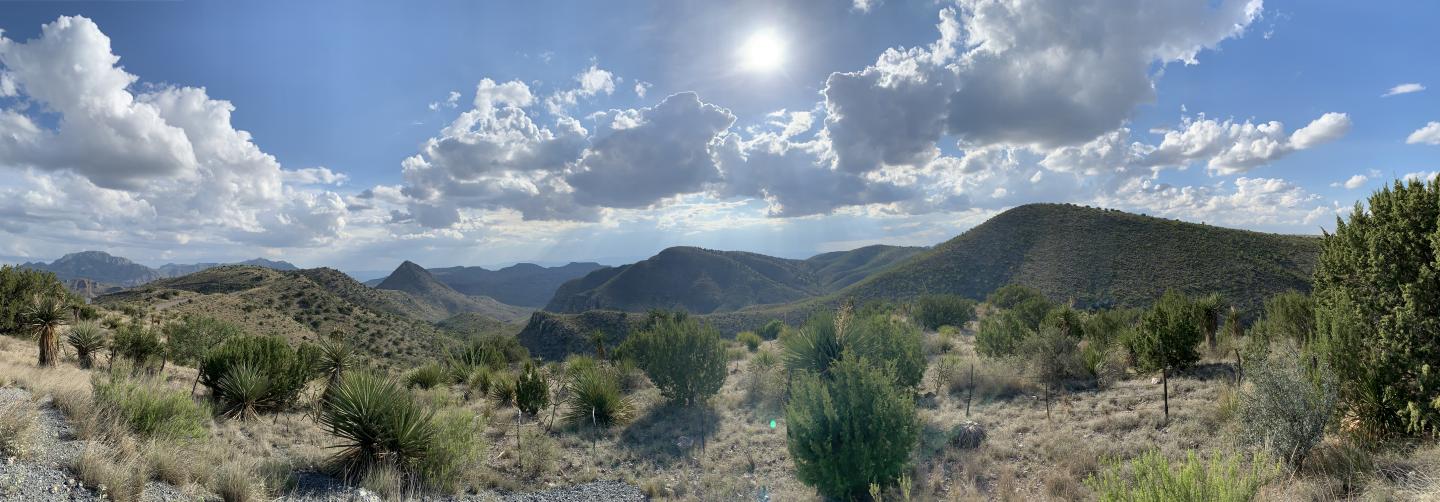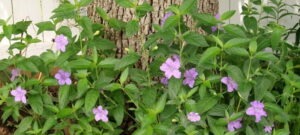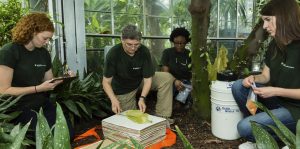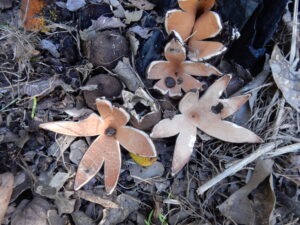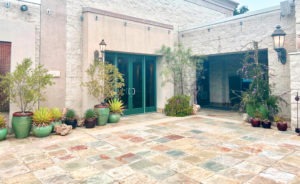This article was written by GGI-Gardens Summer 2019 Fellow, Farahnoz Khojayori.
Climbing up the Tobe Spring Trail over 7,000 feet elevation past rattlesnakes, tall evergreens, and countless thistles and shrubs I was not prepared for the view before me. With Mt. Livermore, to my left, as a tall indelible shadow providing shade against the hot July sun, I finally reached the spring. At a glance Tobe Spring seemed dry, and the small muddy ground was the only indication of this once integral water source. On closer look, however, numerous species of butterflies and moths could be seen gathered around the last remaining droplets of water. And next to them was a display of the most exuberant flowers of Aquilegia and many other plants I did not yet know. It was the most surreal ending to a summer of fieldwork (Fig. 1).
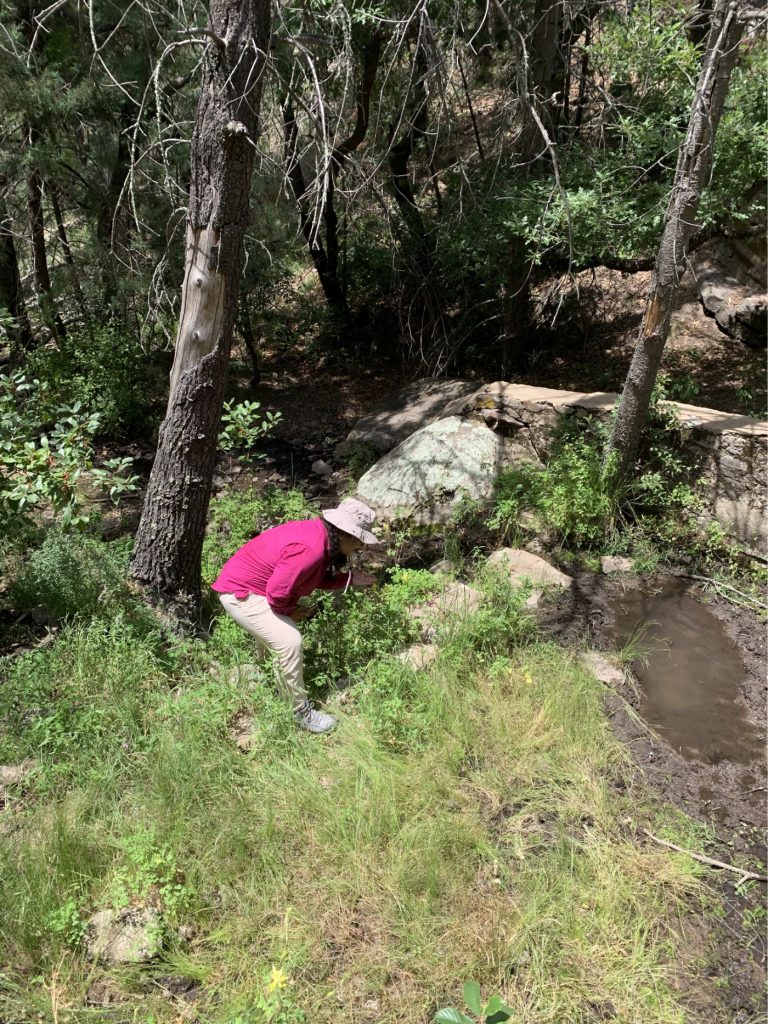
Throughout the summer, as part of the Global Genome Initiative for Gardens (GGI-Gardens), Dr. Morgan Gostel, Seth Hamby, and I travelled across seven of the ten ecoregions of Texas (Fig. 2). Our mission was to accurately determine species and collect genome quality tissues to be preserved through the Global Genome Biodiversity Network (GGBN). Once collected, these plant tissues serve as template for plant DNA barcoding and genome sequencing. These tissues will also serve as a reference for future genomics research.
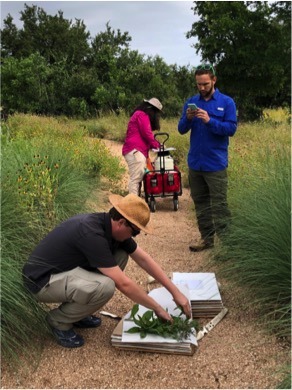
Utilizing the vast collections from botanical gardens across the world GGI-Gardens expedites the collection of plant biodiversity in light of threats of species extinction and global climate change. Fueled by this mission, our summer began at the Botanical Research Institute of Texas (BRIT), which, since August 2018, is the headquarters for GGI-Gardens. At first we ventured to BRIT’s neighbor—the Fort Worth Botanic Gardens, which house over 23 unique gardens and botanical collections. Amongst these is the largest collection of Begonia in the western hemisphere and where unique gems like Ansellia africana can be found (Fig. 3a). Afterwards, our trips took us to the two other metropolitan areas—Austin (Lady Bird Johnson Wildflower Center) and Houston (Mercer Botanic Gardens and Peckerwood Garden), where we visited some impressive gardens and natural areas in the state of Texas. Lastly our journey culminated in an exploration of the remote Trans-Pecos region, where we visited Big Bend Ranch State Park, the Davis Mountains, and the Chihuahuan Desert Research Institute.
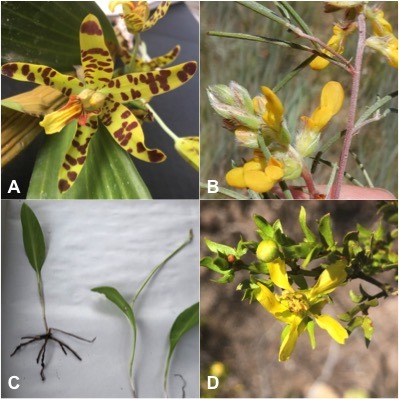
Each visit to a new area was incomparable to the last and every site offered a unique amalgamation of plants displaying awe-striking morphological diversity. Some of the most notable collections include the rare Dalea hallii, the delicate Ophioglossum engelmannii, and the common Larrea tridentata (Fig. 3b-d). At the end of the summer, we had made over 250 collections, capturing species from 84 plant families (Fig. 4). The culmination of the excursions offered insight into the complexity of life on earth, resilience of organisms and institutions in the face of devastating circumstances, and opened the door for a myriad of inquiries as a lifelong botanist.
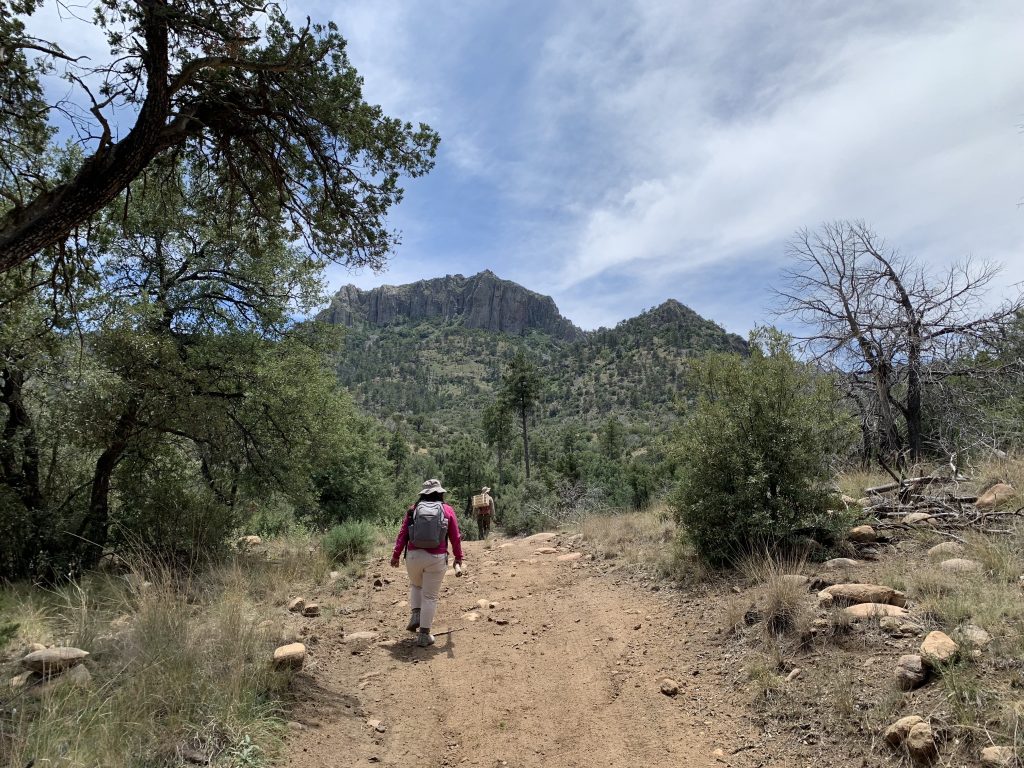
Farahnoz Khojayori was a 2019 GGI-Gardens Summer Fellow at BRIT and contributed this blog as a part of her fellowship experience.

